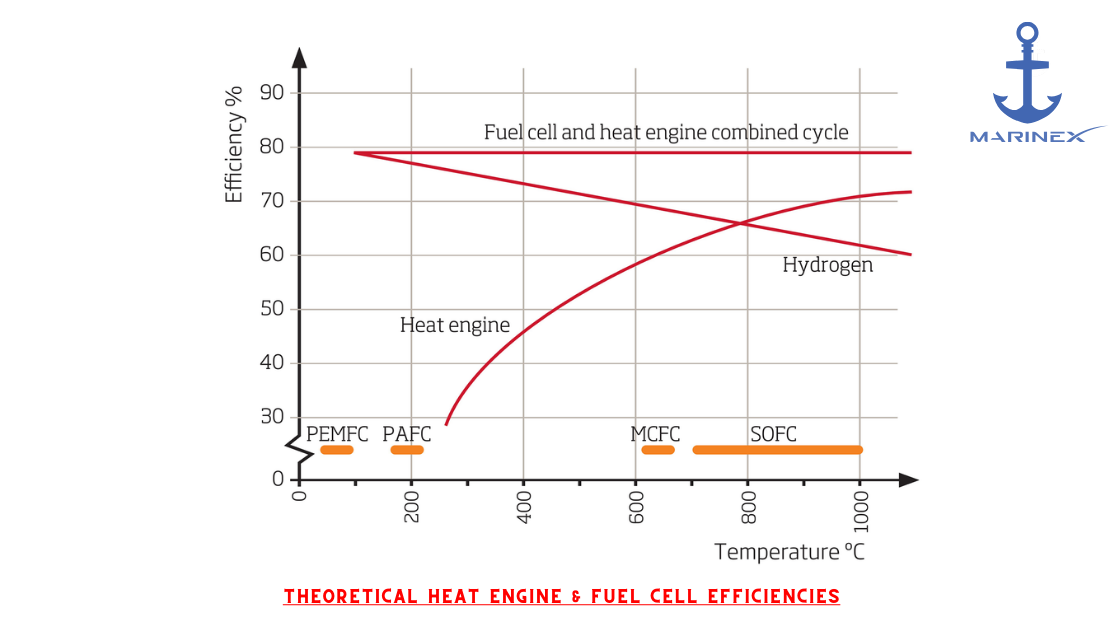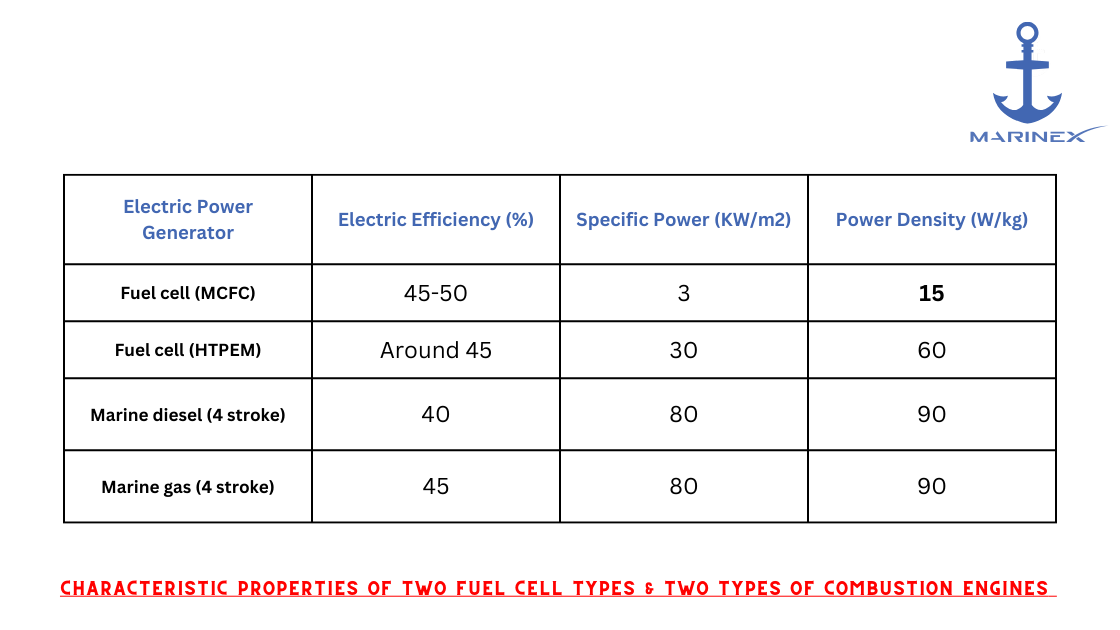From Curiosity to Cutting-Edge: The Resurgence of Fuel Cells in the Modern Maritime Era

In an industry where innovation is paramount for efficiency, sustainability, and performance, it is crucial to remain at the forefront of technological advancements. Today, we embark on an exploration of one of the oldest yet most revolutionary technologies: the fuel cell.
Invented in 1838, the fuel cell predates both the four-stroke spark ignition engine and the diesel engine. However, its true potential remained largely untapped for over a century. It wasn't until humanity ventured into the space race that fuel cells found renewed interest for their lightweight design, emission-free operation, and advancements in materials technology promising unparalleled efficiency.
Similar to batteries, fuel cells harness energy through an electrochemical process, eliminating the need for combustion and its associated moving parts. Instead, they rely on the seamless interaction of hydrogen and oxygen to produce electricity and thermal energy, with only water as a byproduct.
This unique feature not only ensures clean operation but also opens doors to a myriad of marine applications, from propulsion to auxiliary power.
Yet, as we delve deeper into fuel cells, we encounter a complex landscape of efficiency values, technological considerations, and comparative analyses with traditional combustion engines. While high-temperature fuel cells boast efficiencies rivaling those of large marine diesel engines, nuances in specific power and power densities reveal the multifaceted nature of this transformative technology.
But our exploration doesn't end there. We navigate through economic factors, regulatory frameworks, and practical challenges that shape the adoption of fuel cells in the maritime industry. From cost considerations to compatibility with harsh marine environments, each hurdle presents an opportunity for innovation and advancement.
Introduction to Fuel Cell & Propulsion
Invented in 1838, the fuel cell predates both the four-stroke spark ignition engine and the diesel engine. For over a century, it remained largely an engineering curiosity due to the lack of necessity and means for its development.
Similar to batteries, fuel cells generate energy through an electrochemical process rather than combustion. Unlike batteries, they have no moving parts but require ancillary equipment such as pumps, fans, and humidifiers for support.
Within a fuel cell, two reactants, typically hydrogen and oxygen, combine to produce water, releasing electrical and thermal energy in the process.
Unlike conventional batteries that deplete internal reactants, fuel cells utilize externally stored reactants, akin to conventional diesel engines, enabling continuous power production as long as reactants are supplied.
Various efficiency values are cited for fuel cells, all of which warrant cautious consideration within the appropriate context. Factors such as fuel types, storage conditions, inclusion of a reformer, and output power type must be taken into account. Comparisons between fuel cell and diesel engine performance should extend beyond the engines themselves to encompass the entire propulsion chain, especially considering diesel engines' rotary output versus fuel cells' DC electrical output.

However, while efficiencies may be comparable, diesel engines outperform fuel cells significantly in terms of specific powers and power densities.
The table below provides alternative evaluations, including comparative specific powers and power densities. While efficiencies may align, diesel engines demonstrate superior specific powers and power densities compared to fuel cells.

Values in the table are roughly estimated and based on available product documentation for the fuel cells, as well as DNV's internal report for combustion engines. Estimated electric efficiencies are derived from the lower heating value of the relevant fuel, and specific power and power density are compared across two types of fuel cell power packs and two types of internal combustion engines.
The utilization of fuel cell propulsion integrates power from a combination of fuel cells, solar cells, and battery systems, leading to a significant reduction in greenhouse gas emissions.
To access the full blog, subscribe to MarineX Premium Plans and elevate your maritime knowledge to the next level. Gain the MarineX Edge for comprehensive insights into all things maritime.